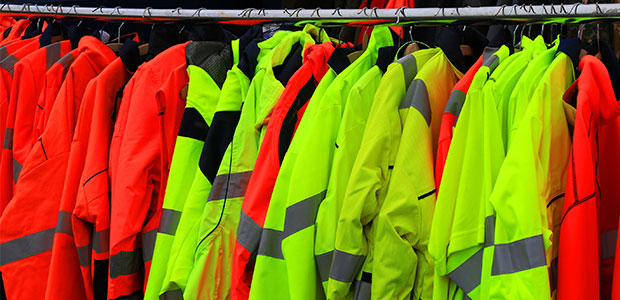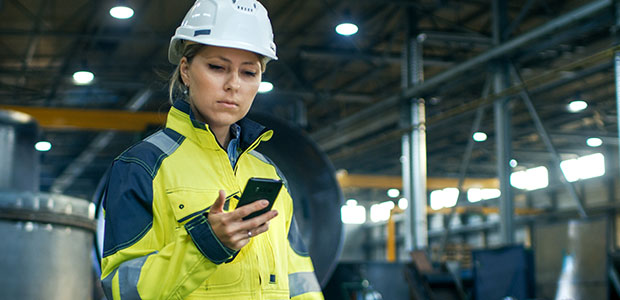
By
Electrical LOTO programs are important for any safety program.

By Pat Furr
Manufacturers are making fall protection equipment that is not only stronger, but also lighter than ever before.

By Sydny Shepard
Three tips for choosing the right kind of protective apparel for workers.
By Karen D. Hamel
Gravity sees all of us as equals, and it’s the force responsible for one of the most common types of workplace injuries: falls.
By Bob Selwyn
Workplace noise measurements are critical to keeping workers and workplaces safe; make sure your noise dosimeters are appropriate and up to snuff.
By Lydia Baugh
How should you decide which gloves will best protect your workers from cut and puncture hazards?

By Rodney Shuck
It all loops back to safety.

By Jackie Pirone
SAMHSA’s mandatory guidelines have served as the blueprint for many state drug testing laws and policies since 1988. But new methods for oral fluids testing will mean big changes.

By Matthew Hall
Employers should follow safety regulations to protect their employees. But quite frankly, those measures do not cut it.

By Sydny Shepard
Employers must work to protect workers from heat-related illnesses during the hot summer months.
By Amanda Smiley
Understanding the differences between various kinds of head protection products available means employers can protect their workers with the best kind of protection.

By Dave D. Wagner
Let’s face it: we are obsessed with our smart phones. We need to be connected. But why don’t we feel this same need to be connected with safety equipment that can save our lives at work?
By Robert Pater
The key to a good leader is not just someone who asks the “why” behind a problem; they also ask the “what” and the “how.”